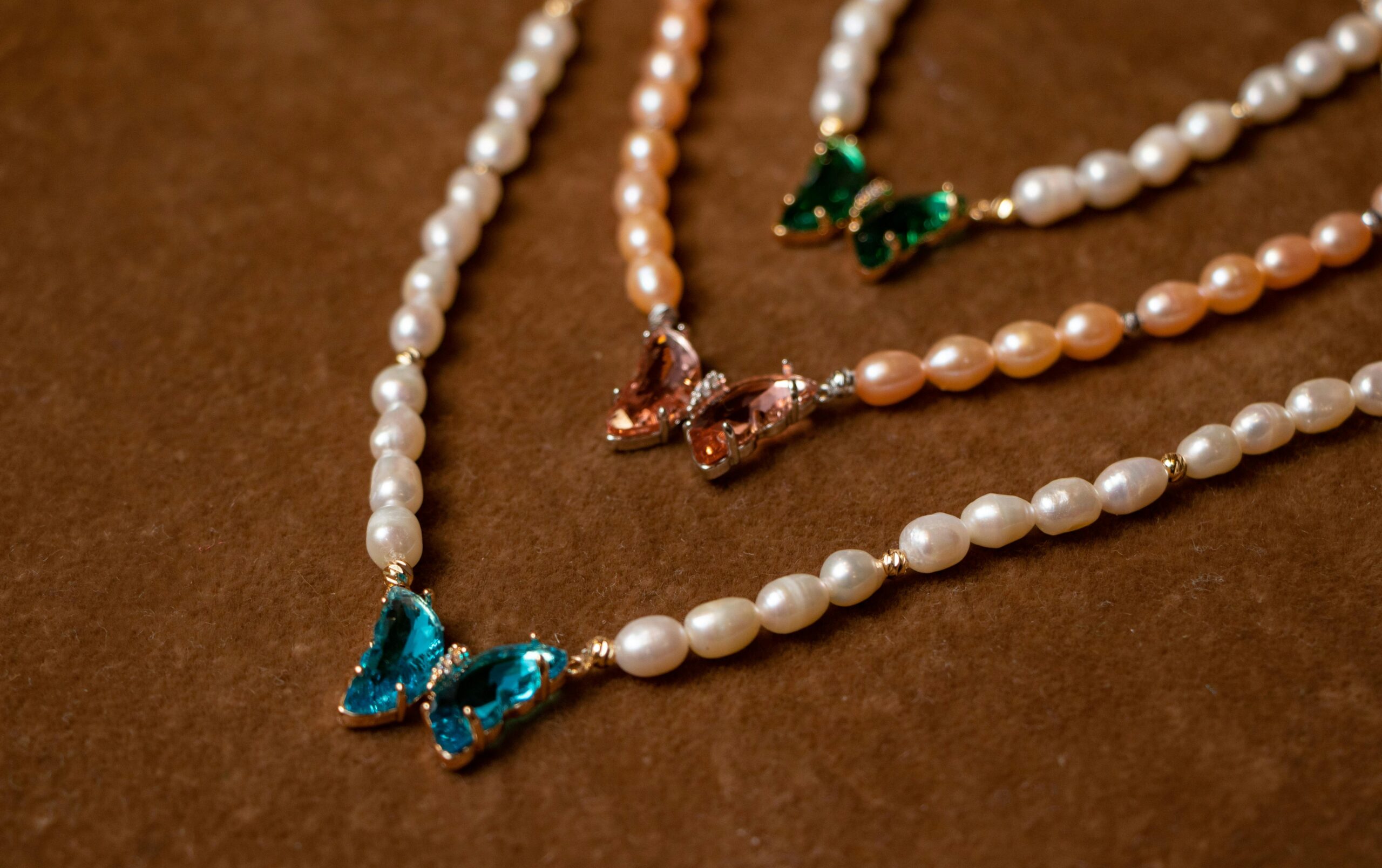It was only after WWII and the introduction of dangerous fertilizers and pesticides that fibre crops, food crops, became treated with chemical toxins with damaging effects on the environment and farm workers who raised the crops. Thankfully, as consumers become more environmentally aware, the growing demand for organic fibres is now on the rise. In 2003, organic fibre sales in USA grew by 22.7% over the previous year to reach $85 million, according to the Organic Trade Association’s 2004 Manufacturers Survey.
Natural fibres include those made from plants (or vegetables), animal and mineral sources. Natural fibres can be classified according to their origin. Although they are from natural sources, not all natural fibres can be termed as organic fibres. Natural fibres coming from plants can be made organic for their further eco friendly use. Some of the natural plant fibres are:
- Cotton
- Bamboo
- Hemp
- Ramie
- Tencel
- Modal
Organic fibres are grown without pesticides and chemicals use during their farming. Organic culture uses crop rotation instead of agro-chemicals and artificial fertilizers and biological pest control instead of pesticides. The chemicals used in farming of natural fibres pollute air, land and surface waters.
Organic clothing is clothing made of materials that are raised or grown without the use of chemicals in the form of pesticides, herbicides or other chemicals. Chemicals from dyes to bleach and other chemicals to aid transportation to many thousands of miles from their manufacture in places such as India and China. Authentic organic fabric and clothing can help the environment in number of ways:
• Manufacture of chemicals is not required.
• Chemical residues are not entered accidentally into the environment.
• Humans and animals are not exposed to chemicals.
• When the fabric is finished with chemicals, they are not returned to the earth in landfill, or enter into recycling process.
Out of the natural plant fibres, only some of them are modified organically. Organic cotton and organic hemp and organic bamboo are some of the organically grown natural fibres.
Organic cotton
Organic cotton farming is not only less destructive to the environment but also provides better income for farmers and is sustainable long term. It is an eco-friendly and environmentally friendly fabric. Organic cotton farming uses natural pesticides; this keeps pests of the crops but doesn’t destroy their natural predators which survive to control their numbers naturally. The natural pesticides consist of a mixture of chilly garlic or soap. Conventional cotton is one of the most environmentally unfriendly crops grown anywhere in the world. Grown from seed cotton can be sustainable and organically grown crop. If all the cotton in the world is grown organically, the use of insecticides could be reduced by 25%.
Global production of organic cotton fibre
According to organic exchange, the production of organic cotton reached 145,865 tons in the 2007-08 crop years, up by 152% year on year and growing at an average annual rate of 185% over the past 3 years. The production is due to large measure to increase production in India (Which in 2008 saw its production rise by 292% – 73,702 tons, about half of world’s organic cotton production), and is fuelled by heightened demand for organic cotton from small to large size retailer around the world (OTA 2009). Despite this strong growth, organic cotton represented a mere 0.6% of the world market for cotton in 2007/08. While the conventional cotton crop was expected to decrease in 2008/09, both in terms of the area under production and in terms of output, organic cotton production is forecast to increase to (however, the only organic fabric that is popular in industrial domain and public domain is only organic cotton. The other natural fibres like hemp, tencel, bamboo etc can be made organic but not that popular in public domain. These fabrics are as natural as cotton but till now not used as organics. If we talk on the properties, these fabrics are having the same properties as organic cotton process. In fact, some of them posses better qualities than cotton in terms of its use. Research has been done on the behaviours and properties of these organic and natural fibres and fabrics.




